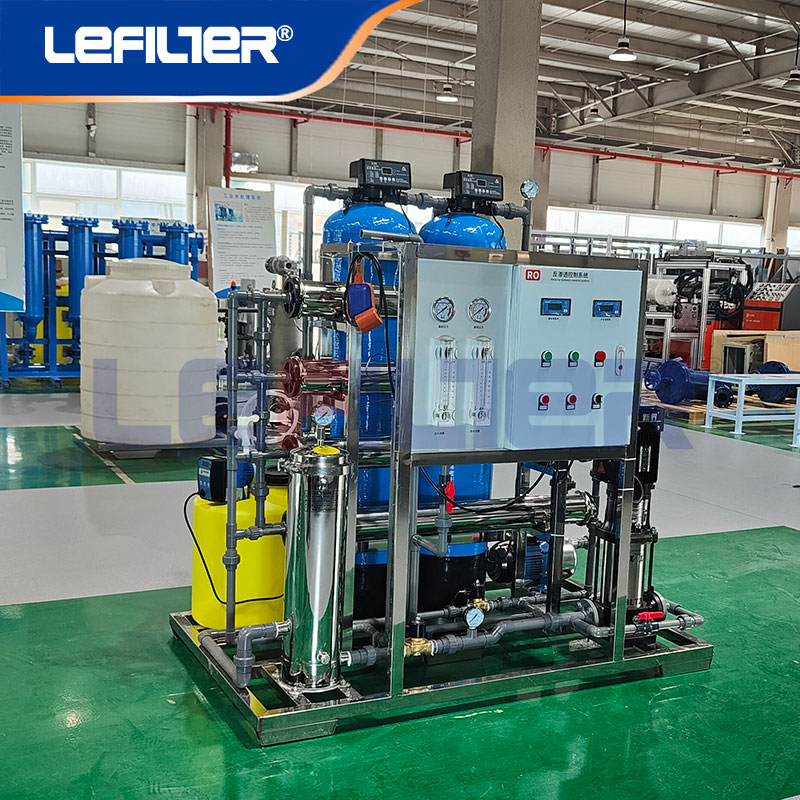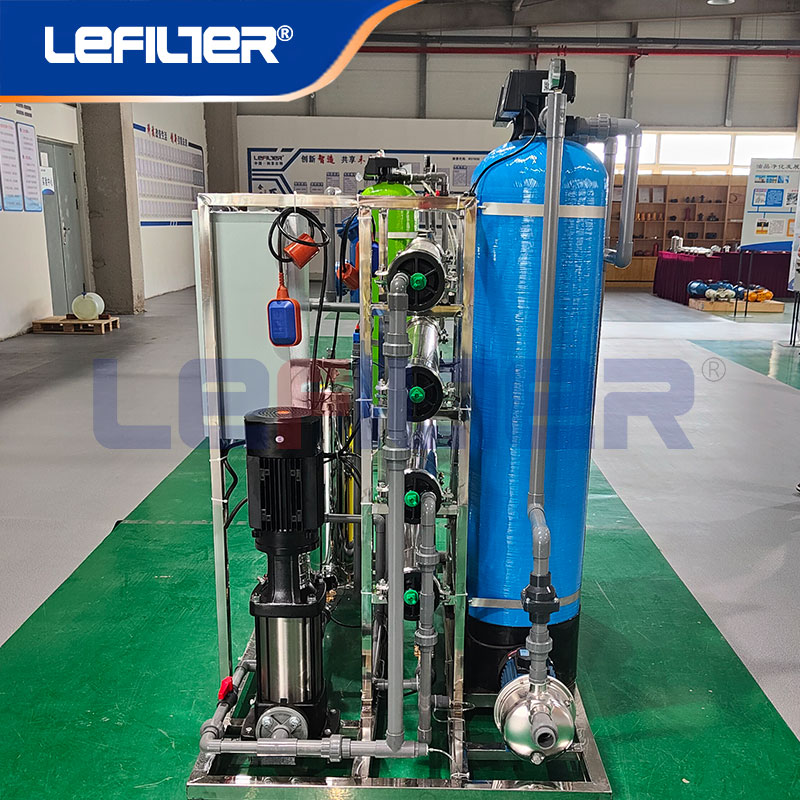Reverse Osmosis Systems: Synergistic Technology Integration for Optimal Water Treatment
DATE:2025-03-31 Number of views: 1 Source:jiaxiangting
Modern water purification demands more than standalone solutions—it requires intelligent technology integration where reverse osmosis water filter systems work in harmony with complementary technologies.Whether examining a compact home reverse osmosis unit or industrial-scale installations, the true power emerges when RO membrane filtration combines with UV sterilization, ozone treatment, and advanced pretreatment systems. This synergistic approach delivers water purity that exceeds what any single technology could achieve while optimizing energy use, maintenance requirements, and system longevity.
Strategic Technology Combinations with RO Systems
1. UV Sterilization: The Perfect Complement to RO Membrane Filtration
While RO membrane filtration removes up to 99.9% of biological contaminants, pairing with ultraviolet disinfection creates an impenetrable barrier:
• Post-RO UV treatment inactivates any remaining microorganisms that might pass through membrane imperfections
• Pre-RO UV application controls biofouling by eliminating algae and bacteria before they reach membranes
• Low-pressure UV lamps (254 nm wavelength) specifically designed for home reverse osmosis unit installations
This combination is particularly valuable in healthcare facilities where water must meet USP <645> standards for endotoxin control.
2. Ozone Integration: Enhancing RO Performance and Safety
Ozone treatment synergizes with reverse osmosis water filter systems through:
• Pre-oxidation breaking down complex organic molecules that might foul RO membranes
• Post-RO ozonation providing residual disinfection throughout distribution systems
• Chemical-free oxidation eliminating the need for chlorine that damages thin-film composite membranes
Food processing plants using this combination report 40% longer RO membrane filtration service intervals.

3. Electrodeionization (EDI): The Ultimate Polishing Step
For ultra-pure water requirements exceeding what standalone reverse osmosis water filter systems can deliver:
•RO+EDI systems achieve 18.2 MΩ·cm resistivity for semiconductor manufacturing
• Continuous regeneration eliminates chemical needs of traditional mixed-bed DI
• Compact footprints ideal for retrofitting existing home reverse osmosis unit installations
System Integration: RO's Role in Comprehensive Water Treatment Trains
1. Pretreatment: Protecting RO Membrane Filtration Investments
A properly designed pretreatment system extends reverse osmosis water filter lifespan by:
• Multimedia filtration removing particulates down to 5 microns
• Softening systems controlling scale-forming cations (Ca²⁺, Mg²⁺)
• Antiscalant dosing preventing silica and sulfate precipitation
• Activated carbon beds adsorbing chlorine and organic foulants
Industrial plants implementing these measures see RO membrane filtration replacement cycles extend from 3 to 7 years.
2. RO as the Heart of Treatment Trains
In complex water systems, reverse osmosis water filter units serve multiple functions:
Application | RO System Role |
| Wastewater reuse | Primary barrier for pathogen and TDS removal |
| Seawater desalination | Core desalting technology |
| Pharmaceutical water | Critical purification step before distillation |
| Microelectronics | Foundation for UPW production |
3. Post-Treatment Customization
Tailoring systems after RO membrane filtration allows:
• Remineralization for potable water applications
• Gas transfer membranes for CO₂/O₂ adjustment
• Advanced oxidation for trace contaminant destruction

Whole-System Optimization Strategies
1. Intelligent Control Systems
Modern home reverse osmosis unit and industrial systems employ:
• Adaptive recovery rate control adjusting to feedwater quality fluctuations
• Predictive analytics forecasting membrane cleaning needs
• Energy optimization algorithms minimizing kWh/m³ consumption
2. Hybrid System Architectures
Innovative combinations like:
• UF+RO systems for high-turbidity feedwaters
• RO+FO (forward osmosis) for challenging waste streams
• MD (membrane distillation)+RO for zero liquid discharge
3. Lifecycle Performance Management
Comprehensive approaches including:
• Automated clean-in-place (CIP) systems
• Membrane autopsy programs identifying failure root causes
• Spare parts optimization algorithms
Conclusion: The Future of Integrated Water Solutions
From compact home reverse osmosis unit installations to massive industrial complexes, the water treatment paradigm has shifted from standalone reverse osmosis water filter use to intelligent, optimized technology ecosystems. By combining RO membrane filtration with complementary processes and implementing system-wide optimization strategies, users achieve:
✔ Higher purity levels than any single technology can deliver
✔ Lower operating costs through energy and maintenance savings
✔ Future-ready systems adaptable to changing water quality challenges
Contact our water technology integration specialists to design your optimized RO solution today.
FAQ:
Q:When to replace the RO membrane?
A:First,reduced flow rate;second,increased TDS levels and longer operation time.
Other related product:


